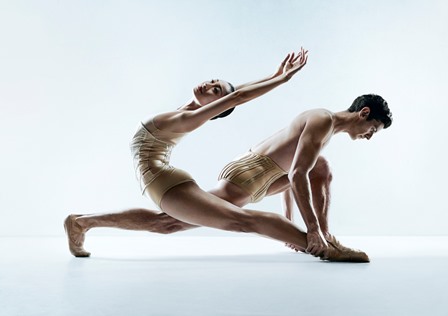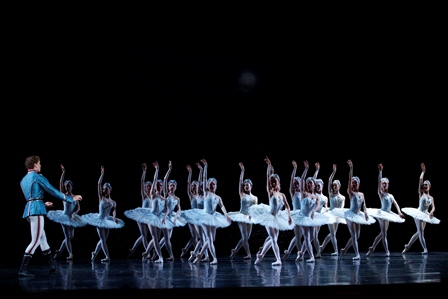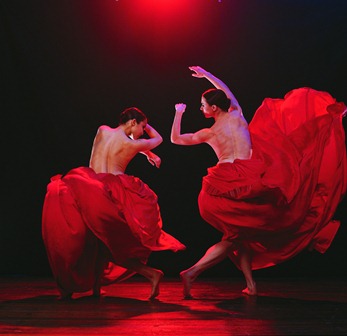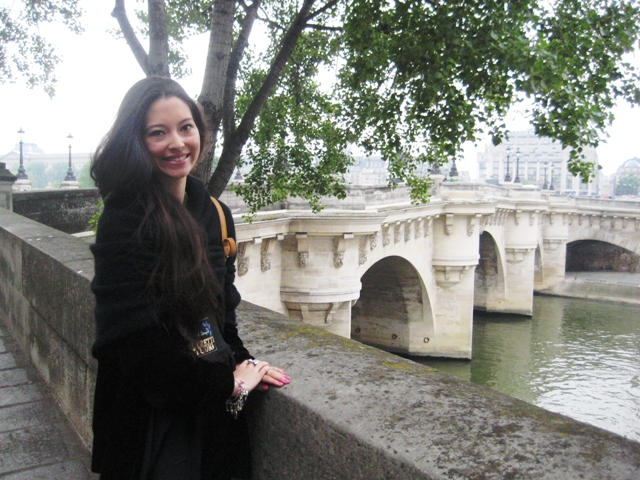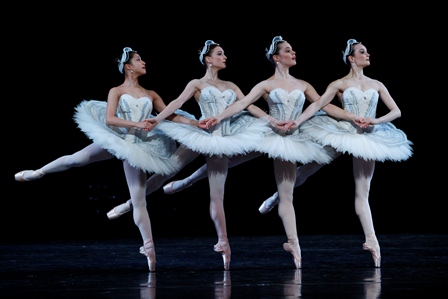The Australian Ballet recently announced its season for 2014. The inclusion of Stanton Welch’s production of La Bayadère, made for Houston Ballet in 2010, seems to have caused the biggest stir in the press with reports that live snakes and a snake wrangler will make an appearance. Reptiles and their handlers aside, it is certainly a step in an interesting direction to have a new work from Welch (new to Australia anyway) on the program given that he has continued to hold the post of a resident choreographer while also being artistic director of Houston Ballet since 2003.
Although I was not overly impressed with Welch’s recent Rite of Spring, I look forward to seeing this full-length Bayadère and hope that he has tightened up the story a little. ‘La Bayadère is a recurring problem’, as American Dance Magazine noted not so long ago.
But for me the most interesting program on the 2014 list is a mixed bill entitled Chroma. It includes Wayne McGregor’s Chroma, an exciting work made on the Royal Ballet in 2006. I loved its minimalism and its collaborative aesthetic when I saw it a couple of years ago. The Chroma program also includes two short pieces by Jiří Kylián, Petite Mort and Sechs Tänze.
The Australian Ballet showed these two Kylián pieces in 2005 and who can forget those wonderfully fluid duets from Petite Mort, not to mention the fencing foils that the men manipulate in the opening sequences, or those roll-along, black ballgowns! It’s hard to forget Sechs Tänze too, a curiously playful work in which the dancers wear costumes designed by Kylián, which he calls ‘Mozartian underwear’. This program also includes a new work by Stephen Baynes.
A second mixed bill entitled Imperial Suite consists of George Balanchine’s Ballet Imperial and Serge Lifar’s Suite en blanc. The season also includes Kenneth MacMillan’s Manon, which we have seen so many times in Australia, and Peter Wright’s The Nutcracker.
I am looking forward to an exciting season in 2014 although I’d rather something other than Manon as a third evening length work.
Michelle Potter, 6 September 2013
Here is a is a link to a Houston Ballet preview of Welch’s Bayadère. Watch out for a variation from the Kingdom of the Shades scene danced by Nozomi Iijima. It comes towards the end of the four minute preview.
Featured image: Natasha Kusen and Andrew Killian in Petite Mort. Photo: Paul Scala. Courtesy the Australian Ballet
